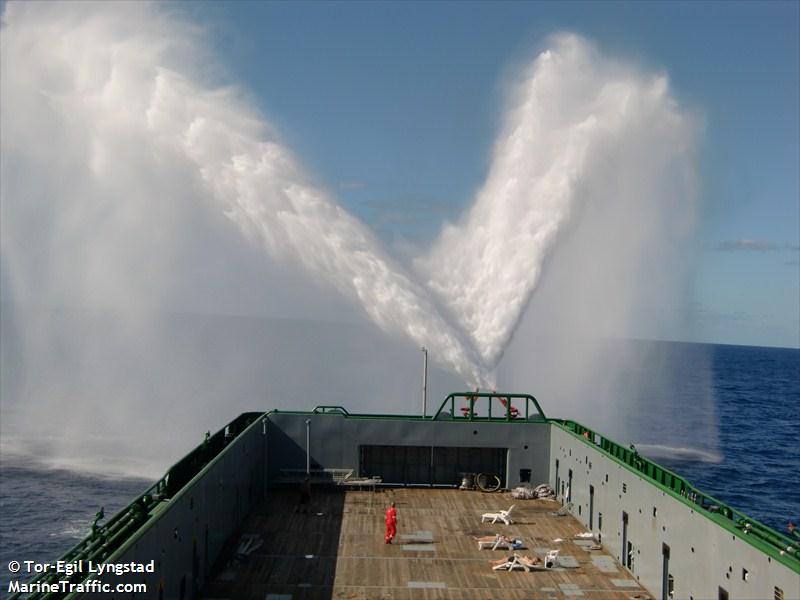According to recent stats that we just made up, everyone in South Africa plays Superbru, the free online sports prediction game. I’m a veteran, having played and won Superbru pools in football, cricket and rugby over the last 5 years, including a top 2% finish in last year’s Rugby World Cup with over 130,000 players, and I’m looking forward to their Premiership and Tri-Nations Rugby Championship games starting this weekend.
While in rugby, you’re asked to predict the winner of the game and the winning margin, in football, you are asked to predict the actual score. You get points for predicting which team wins and you also get points for “being close” to the actual score. But what defines “closeness” in predicting football scores?
Superbru have devised their own system, resulting in what they call the “Closeness Index”:
We believe two things determine how close your pick was to the actual score. Goal difference shows how close you thought the game would be. But, a goal difference of 1 applies equally to 1-0 and 5-4. If the real result was 2-1, then surely the 1-0 is a better pick than 5-4?
Total number of goals helps us refine this. In the example above, there were 3 goals (2-1). One pick said there would be 1 goal (1-0) and the other 9 goals (5-4). 1 goal is closer to 3 than 9.
We factor both goal difference and total number of goals into a formula called the Closeness Index (CI). The lower your CI, the closer you were to the actual score (0.00 is a perfect pick).
All of which sounds very nice, but how exactly do they “factor both goal difference and total number of goals”. Well, they tell us this too:
Closeness Index (CI) = (your goal diff – actual goal diff) + ((your tot. goals – actual tot. goals) / 2)
Example:
Actual score: 2 – 1
Your prediction: 1 – 0Closeness Index (CI) = (1 – 1) + ((1 – 3) / 2 )
= (0) + (-2 / 2 )
= 0 + 1
= 1
Well done. Extra marks for showing your working there.
However, eagle eyed astronomers and physics graduate readers will recongise that equation:
C = (b – a) + ((x – 1y)/2)
as being the lynchpin of the calculation used to safely land the LM-5 Lunar Module on the surface of the moon in 1969 (the only difference being the lack of the 0.15 correction factor for the gravitational pull of the moon). Now, using this formula may seem to be an unnecessarily complex (one small) step by Superbru, but you have to applaud their efforts in attempting to quantify the unquantifiable in order to make their game fairer. In addition (no pun intended), you’d do well to remember that this equation was successful in getting Neil et al onto the moon, so by my extrapolation, it’ll probably work really well in this scenario as well.
Of course, there will be those who will claim that since the moon landings were faked then the Superbru Closeness Index is also fundamentally flawed. For this reason, I will be making all my Premiership picks from a makeshift film studio in a Hollywood basement.
Stoke City to beat Reading 2-1. Near the Sea of Tranquillity. Probably.


